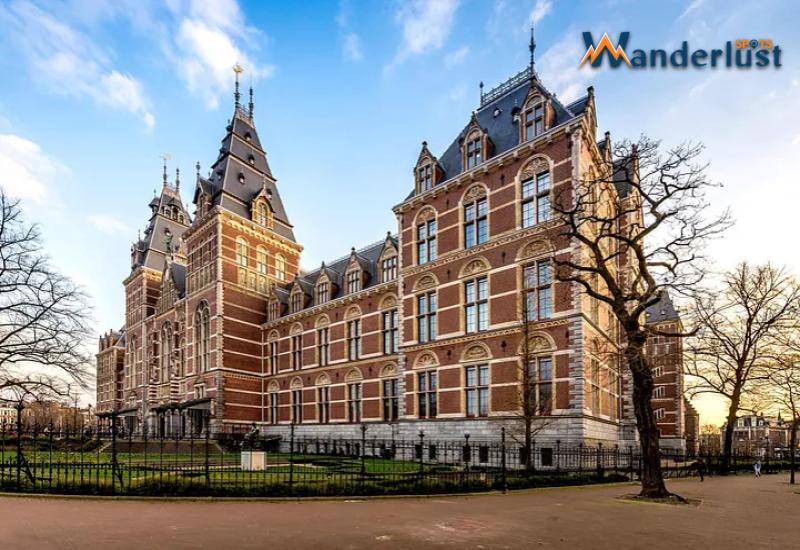Fulfill your dream in the soul-satiating ambiance of the Himalayas and trek to Nepal’s most iconic mountain range. Annapurna trek is one of the most satisfying and classical treks in Nepal, which is suitable for everyone. With superb trekking infrastructure, spectacular landscapes, cultural charm, and easy accessibility, Annapurna Base Camp trekking is a classic Himalayan Trek. Encapsulate the striking views of Annapurna Massif, Machhapuchhare, and other snow-clad Himalayan peaks to ingrain the mesmeric sights in your soul.
This legendary trek in the Annapurna region can extend from 3 to almost 20 days, depending upon the chosen route and package. This region is blessed with untouched natural forests, fertile farmlands, pristine rivers, and gigantic snow-capped mountains that make you feel like you’re trekking through god’s own garden. Annapurna 1 and Dhaulagiri are the two major peaks that you will encounter multiple times during the trek. Between these two peaks is the Kali-Gandaki River, which is the deepest gorge in the world.
Here are 5 tips to uplift your Annapurna Base Camp trekking experience:
Prepare physically and mentally
Planning a trip to the Himalayas requires mental and physical strength. Well, this doesn’t mean that you need to be an athlete or a marathon runner in order to trek to the Annapurna Base Camp. All we’re trying to say is that you can make your experience more enjoyable with a little training.
You need to get physically attuned to walking every day for 6-7 hours with heavy backpacks. Also, people with cardiovascular disorders and breathing problems must get in touch with their GP before planning a trekking trip. It is recommended to get a medical examination done at least 1 month before the start date of the trek. According to experts, one must indulge in intense cardio training for 4-5 months and develop a good level of physical fitness. Tone up your muscles, open the joints, increase stamina, enhance endurance, and condition your body for prolonged walking with running, jogging, swimming, cycling, stair-climbing, and even swimming. All this hard work before your trip will allow you to experience the joy trekking without fatigue or tiredness. Apart from physical tone-up, your mind also requires a certain kind of conditioning to build the right amount of confidence and mental strength.
Pack the Right Gear
Let’s begin with a spacious and lightweight backpack that can accommodate all the essential gears that you require for your trekking trip. The next step is to add some comfortable clothing for easy body breathing, good trekking shoes to cover long distances without fatigue, warm clothes to protect from the cold, windcheater, raincoats, and an umbrella to protect your body. Now, we need to some trekking gears that will aid during the expedition, such as a flashlight, portable charger, camera, water bottle, and some quick snacks. If you’re under medication, do carry your medicines, along with the prescription to avoid any last-minute hassle. You can also carry a personal sleeping bag if you’re a germ-phobic and prefer your own beddings.
Slow and Steady Wins the race
Trekking in Nepal is a leisure and joyous activity that includes soaking in the scenic views without any hurry. You need to remember that trekking/hiking is not a marathon or race; it is a journey to be enjoyed. Especially, if you’re traveling with a group of friends, you must not hurry to reach the top and walk at a constant pace with the others. There is no right time to reach the destination, as long as you are enjoying it.
Acclimatization and rest are important because as we gain altitude, the oxygen level drops drastically and this might lead to acute altitude sickness. It is important to add buffer and rest day to the itinerary so that the trekkers can attune to the high altitudes without too much exertion. Shortness of breath and nausea are common symptoms of altitude sickness, and one must inform their trek leaders and friends regarding the same. You can prevent the same by taking proper precautions such as gradual ascent, proper hydration, acclimatization, and planning.
Stay Hydrated
We cannot emphasize enough on the benefits of hydration during your trekking trip to the mountains. At higher altitudes, your body hydration level lowers drastically. Especially with the hot sun and intense trekking, your body needs extra hydration to compensate for the loss. It is ideal to carry a portable temperature-resistant flash to store clean water. You can also carry water purification tablets because bottled water bottles are not readily available at an isolated location. Trekkers should drink at least 5 liters of water a day during their trek. Drinking such an amount of water might be a hassle for some people, but it is essential for increasing your chances of success in the mountains.
Avoid direct sunlight
As you gain altitude, you are close to the sun and get exposed to its brutal solar radiation. The level of UV protection decreases with subsequent increase in height and it is recommended to stay covered and avoid staying in the sun for longer durations. The increased solar radiation causes skin irritation, skin burn, dehydration, and ultimately hampers with the trekking experience. You can’t avoid trekking during the day because of the sun, but you can take some measures to avoid the harmful radiation of the sun. The foremost tip is to carry a good SPF 50 sunblock and apply the same at regular intervals. You should also avoid keeping your skin or head exposed and wear hats, sunglasses, hoodies, and comfortable track pants to protect your delicate skin.
The Annapurna Base Camp Trekking is a worthwhile experience and all you need to do, is follow the above-mentioned tips to make the expedition safe, enjoyable, and thrilling!

